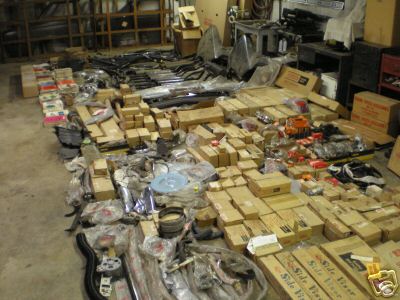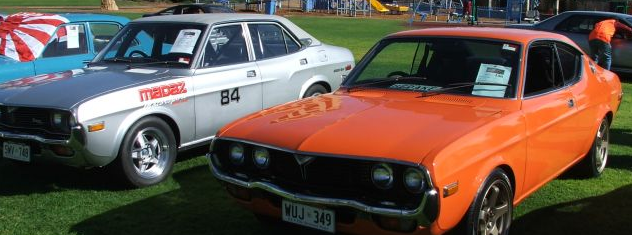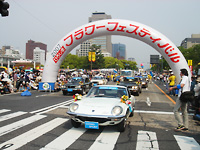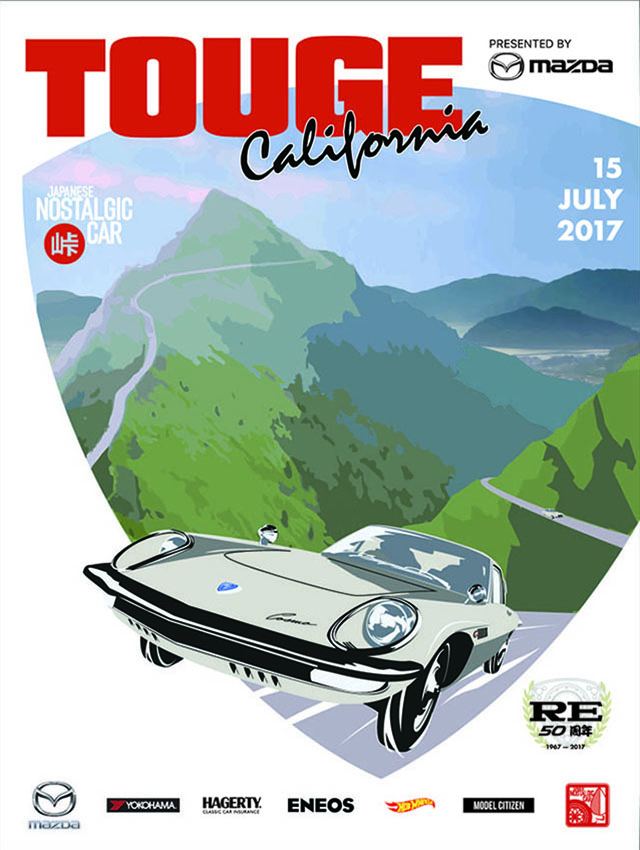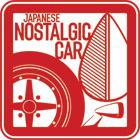
Greetings, nostalgic and old school car fans! Today we have a very special announcement to make. After much discussion – ok, it was actually a 10-second AIM conversation – it was decided that Japanese Nostalgic Car and grandJDM should combine like Voltron for the greater good of the classic Japanese car community.
The idea was this: the nostalgic car movement, at least in the Western world, is still in its infancy and we would like to raise the level of awareness in a serious manner. Rather than have various sites that may have been seen as fragmented and competing against each other, we thought joining forces would have more of an impact on JNC and grandJDM’s common goal – the preservation and appreciation of old Nihon steel.
Besides, the usual suspects of both sites worked together to create JNC magazine. Subscribers will have seen first-hand Van’s phenomenal graphic design and artwork gracing the pages alongside Kev’s god-like knowledge of J-tin, as well as each of their mugshots in the table of contents. They are invaluable members of the team, and finished product was a result of our combined efforts and unifying love of vintage Japanese cars.
And As you may know, grandJDM was hacked a few weeks ago. It would have taken a lot of time and energy to bring it back, and we thought this was a good a time as any to merge. This means that Kev and Van will be contributing their excellent posts to JNC in the future and we will also make grandJDM’s past content available at JapaneseNostalgicCar.com.
So there you have it, sites from two of the biggest nostalgic car markets outside of Japan itself, together as one. We welcome them to the family, even though they’ve already been a part of it for a long time.
 Every year the town of Monterey, California is besieged with what they call Classic Car Weekend, an all-out celebration of the automobile including the Pebble Beach Concours D’Elegance, the Monterey Historics, and various auctions and club events.
Every year the town of Monterey, California is besieged with what they call Classic Car Weekend, an all-out celebration of the automobile including the Pebble Beach Concours D’Elegance, the Monterey Historics, and various auctions and club events.







